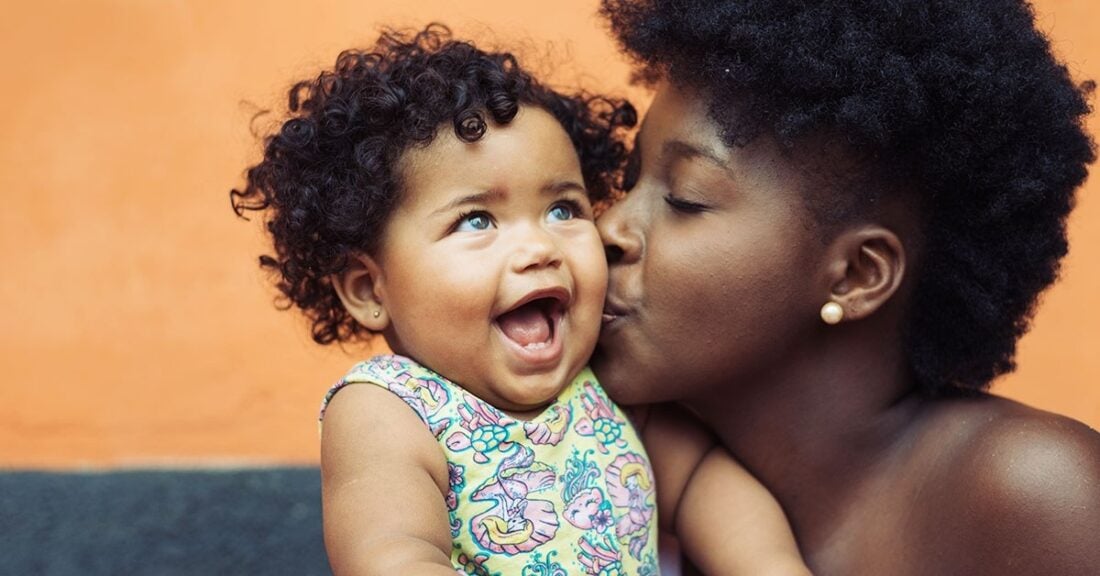Fewer Young Parents in America, But Millions — Including Their Children — Still Need Support

The share of youth and young adults ages 18 to 24 who are parents in the United States has been declining for decades, with a recent drop from 10% in 2006–2010 to 6% in 2018–2022. The number of young parents has fallen accordingly, from 3.2 million to 1.8 million in the same time period. The latest data in the KIDS COUNT® Data Center also show that the share of young parents declined for all racial and ethnic groups — with figures falling by 50% for Black and Latino young adults and by 44% for American Indians or Alaska Natives — and for all states from 2006–2010 to 2018–2022.
Cross-sector efforts have been focused on reducing unplanned pregnancy among youth for many years, and these strategies are working. However, while the share of young parents is decreasing, the nation still has nearly 2 million teens and young adults, ages 18 to 24, with children who need support navigating the difficult transitions to adulthood and parenthood. Of course, this figure does not capture the additional teen parents under age 18 who need support, as well.
A report on young parents by the Annie E. Casey Foundation described common challenges for this group, including financial and housing instability, interrupted education, employment obstacles, parenting stress, health issues and difficulty accessing quality child care and health care. The report also found that 3.4 million U.S. children live with parents ages 18 to 24, and nearly 40% of them (mostly infants, toddlers and preschoolers) live in poverty.
Research indicates that providing support to young families at this vulnerable time could yield lifelong benefits. Both young parents and their young children are going through critical phases of brain development, making this a key opportunity to support both groups as they mature cognitively. Policymakers and others can help ensure that these parents have connections with caring adults and mentors, educational and workforce training opportunities, access to quality health care and child care, paid time off from work and other basic forms of support, setting them on a path toward family and economic stability.
Young Parent Data by State and Territory
At the state level in 2018–2022, the share of young parents, ages 18 to 24, ranged from 2% in Rhode Island to 10% in Arkansas. While the percentage of young parents decreased in all states between 2006–2010 and 2018–2022, the declines were especially pronounced in Alaska, Idaho and New Mexico.
This figure dropped in Puerto Rico, as well, from 13% to 6% during this timeframe.
Local, state and national leaders can build on this momentum by continuing to promote efforts to reduce unplanned pregnancy and bolstering support for young parents and their children, giving particular consideration to the perspectives of parents themselves, the needs of fathers in addition to mothers, the needs of parents involved in the foster care and justice systems and opportunities to advance racial equity.
Continue Learning About Young Parents
See trends on young parents in immigrant families, and explore all data about youth and young adults in the KIDS COUNT Data Center.
Also, learn more about the challenges facing young parents and policy, program and educational solutions to support them in these Foundation resources:
Resources Offer New Strategies for Supporting Young Parents
Answers — and Help — for Young Parents, Practitioners and Policymakers
Sign up for our newsletters to get the latest data, reports and other resources






